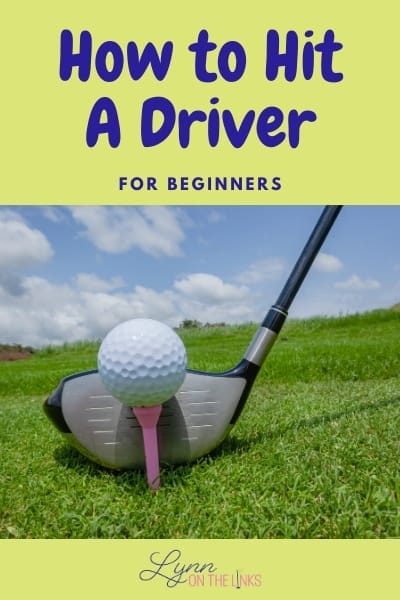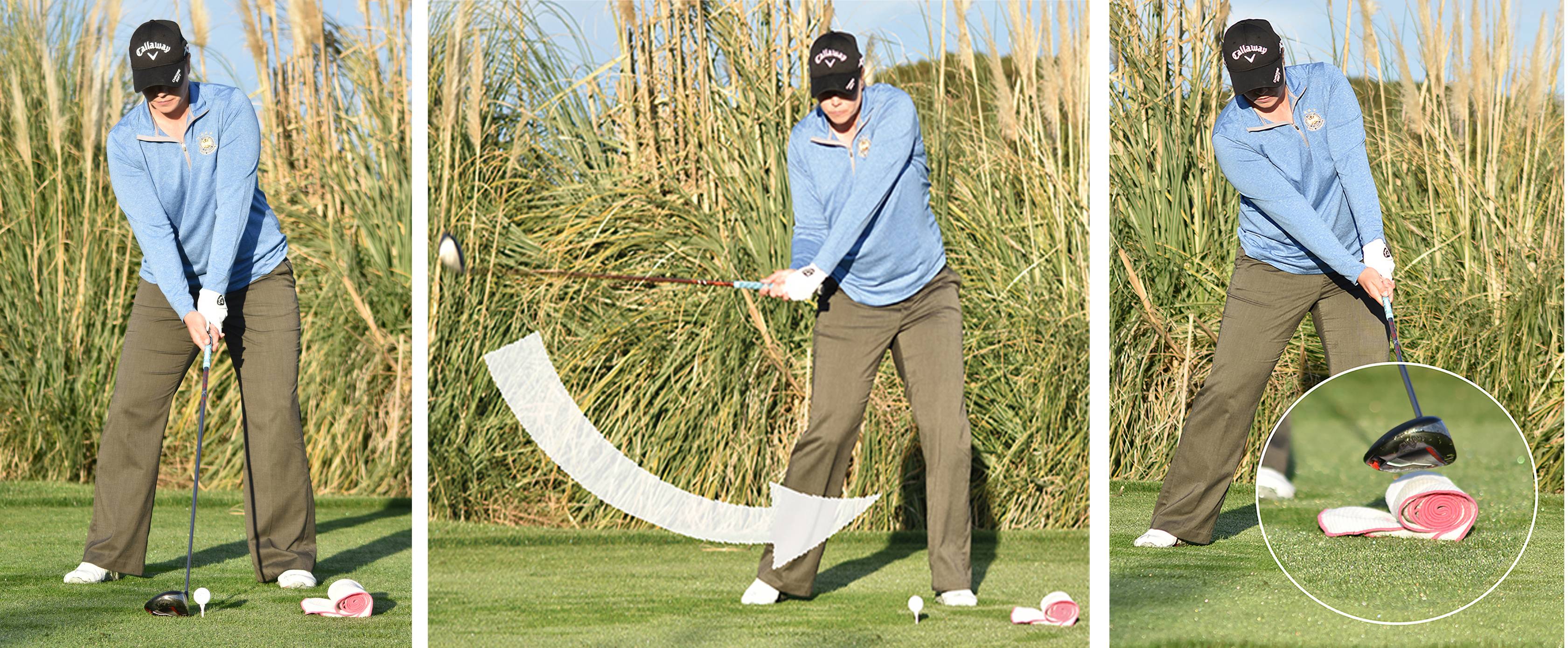
If you struggle to hook a club, you're not the only one. Many players have difficulty transferring their weight through a swing and are susceptible to hooking their shots. There are several steps you can take to avoid hooking the ball. First, slow down your backswing. Then, check your wrists before hitting the ball.
The four types and techniques of hook shots
A hook shot can be a very effective way to score a rebound. It involves a quick, sweeping motion around the shooter's head towards the basket and then a flick of your wrist to launch it. Although the basic principles are the exact same, hook shots can vary depending on how well the shot is executed.
The hook shot is a classic from the mid-1940s. This shot is often used by NBA players. A more traditional version involves a sideways pivot with one hand and an arm pointing toward the hoop. Although this is more difficult to do, it can still be done by players of all heights. It should be used by shooters who are near the lane or who want to get the ball over the defender.
Avoid accidental snap hook
Avoiding an accidental snap hook while hooking a ball requires that you pay attention to how your swing works. It is important to maintain a firm grip and not allow your body or arms to rotate during your swing. If you have a strong grip, your right hand will move away from the ball and slide underneath the club. This can lead to a hooking shot.

Closed stances are another way to avoid the hook. Drop your trailfoot four to six inches above the ball. To encourage an inside-to out swing path, close your shoulders towards the target.
Slowing down your backswing
When you hook a club, you need to slow down your backswing. This will help you maintain a consistent pace throughout your entire swing. It will also help you straighten out the hook. Before you slow down your backswing, make sure your swing path is smooth and neutral. Additionally, it is a good idea to practice hitting the ball farther away from the hole.
Another quick way to slow down your backswing is to reduce your power. Many players believe that the more they swing, the better. It is important to not overdo it. A long backswing can disrupt the flow of the forward swing. You will be able to make more of your whole body and have a better shot.
Before you hit the ball with a golf club, make sure your wrists are checked.
The wrist action plays a crucial role in a golf swing. An error in your wrist action can lead to a disastrous swing. You must know how to properly hinge your wrists and when to do it. This will allow you to extract the maximum power from them.
At the top of your backswing, the wrist should be in neutral. If your wrist is bent or cupped, it will still be able to play a quality shot. This is because your hip, chest, and arm movements should be coordinated through impact. Keep in mind that your wrists should not be higher than shoulder height.

Fixing a hook in a golf club ball
There are many methods to fix a hooked golf ball. One option is to adjust your stance. The stance should be slightly open and the swing direction should point straight at the target. Another method is to position the ball slightly more forward.
If your hook isn't working, take a look at your upper body movements and wrist movements. A hook can be caused when your upper body is tilted too far away from the target. While a slight tilt can be helpful when hitting high draws, too much leaning will cause the club to drag to the inside on the takeaway. Your grip should be checked.
FAQ
What items should I take with me on a golf vacation?
Keep some snacks and drinks handy. Don't forget to pack your favorite tee, sunglasses and gloves, as well as towels.
What kind clubs should I use
There are many types of clubs. Most players start with a driver, a heavy weight club that allows them hit the ball further. You can also use woods, irons or wedges to play, as well as putters.
Woods, which are longer clubs, allow players the opportunity to be as close to a pin as possible without having to make a shot. They are typically used for long drives and approaches.
Irons, or shorter clubs, are used to help players hit the pin closer. These clubs are used often for chipping and putting, as well as short-distance shots.
Wedges are specialized clubs used to control flight paths of the ball. They are typically used for shots that require precise direction.
Putters are small clubs designed to roll the ball towards the cup. They are used by players to make short putts.
The type of shot that you are looking to make will determine the type of club you choose. Different types of shots work better in different clubs.
Drivers can help you hit the ball further than expected. Woods are ideal for driving the ball long distances. Irons are perfect for short shots. You can control the flight of your ball with your wedges. Putters are perfect for rolling the ball into the hole.
How can I improve the game of golf?
There are many ways you can improve your game of golf. A club could be a good option. A club can help you meet other golfers, and teach you new techniques.
You could also invest in equipment like clubs and balls. These items will improve your game.
Finally, you can read books on the game. You can also read books about golf to gain a better understanding of the rules and regulations.
Statistics
- Buying a set of Titleist or Taylor-Made irons for nearly $1,000 is simply not necessary and likely a waste of money. (golficity.com)
- They do this by means of assessing and rating courses according to the average good score of a "bogey golfer," a player with a handicap of around 20. (en.wikipedia.org)
- Professional golfers typically make between 60% and 70% of greens in regulation. (en.wikipedia.org)
- In the United States, the number of people who play golf twenty-five times or more per year decreased from 6.9 million in 2000 to 4.6 million in 2005, according to the [51] (en.wikipedia.org)
External Links
How To
How do you play better golf in windy conditions?
Golf is a game played outdoors on open grassy areas. It is one of the most popular sports around the globe. There are many kinds of golf courses in the world. They range from public parks and private clubs. You can also play indoors such as indoor arenas or shopping malls. The game consists of a series of holes, where players must hit balls into them. Each hole has a fairway rough, fairway, fairway, green, hazards (e.g..water), and rough. Depending on the type shot needed, players may use a driver (wedge, wedge, long-iron, or putter). The rules of the course may require players to carry the balls a specific distance before they hit the green, or they may simply have to drop them in the cup. When playing outdoor golf, various conditions affect how the player hits his/her shots. These conditions include speed, temperature and humidity.
There are two types of winds: headwinds and crosswinds. Crosswinds blow right to left, while headwinds blow right to left. If the wind blows toward the golfer it means that he/she hits against the wind. But if it blows away from him/her it will mean that he/she hits with the wind. Playing golf in a strong wind is much harder because the ball tends to fly higher and further. This makes it harder for the player controlling the ball's trajectory. To overcome these problems, players should keep their club faces perpendicular towards the ground. They aim to strike the ball so that it makes contact with everything and gets maximum power. Although the ball may fly slower in stronger wind, it can travel farther because of increased air resistance.
Golf in the wind is a skill that requires practice. The wind can affect the flight path of your ball, as we have already mentioned. The wind affects the flight path of the ball. A skilled golfer will always be aware of this. He/She would adapt his/her swing to suit the conditions, so that he/she could hit the ball with no energy loss. Another important aspect to consider is where the wind is coming from. Wind does not travel in the same directions. The breeze from the ocean is typically very light but is stronger closer to the shore. Similar to previous examples, wind blows at a higher speed close to ground. The golfer must therefore pay attention to the wind direction as well as intensity.
Golfing in the wind can be challenging. Your swing must be aligned correctly and you need to keep an eye on the wind. Learn to read the wind and adapt your swing accordingly.